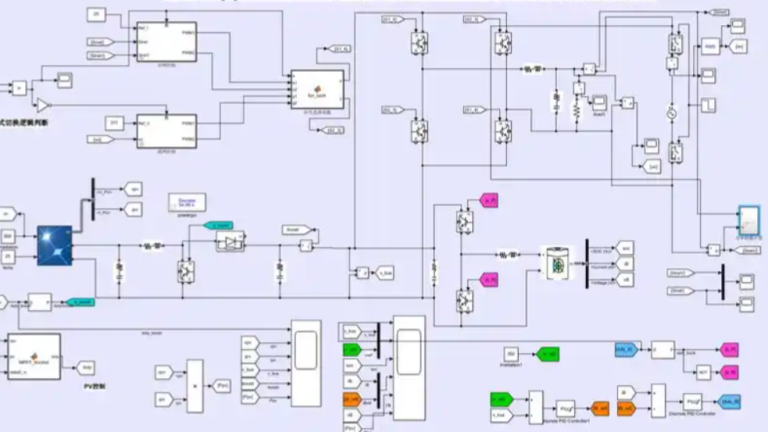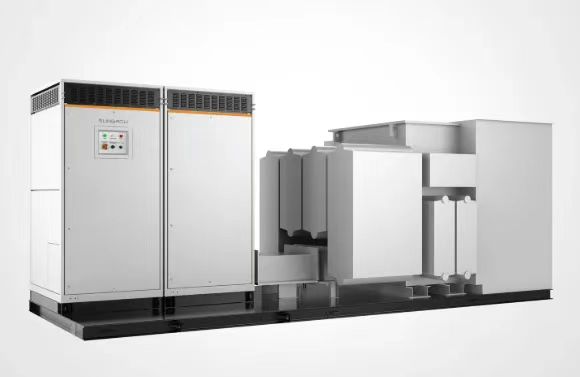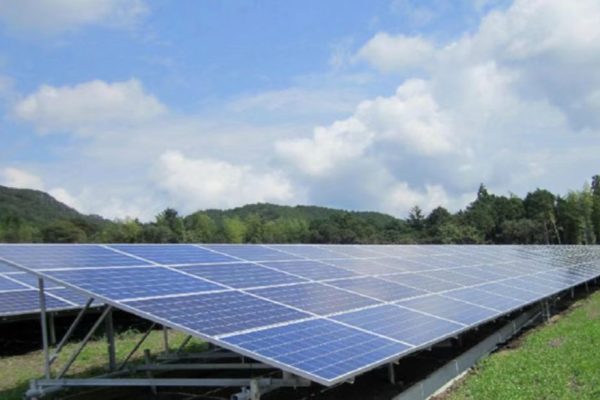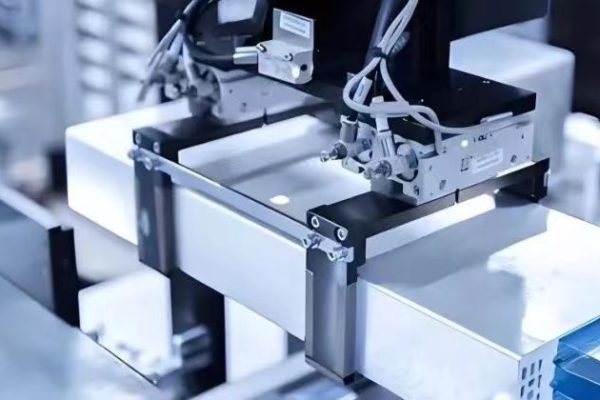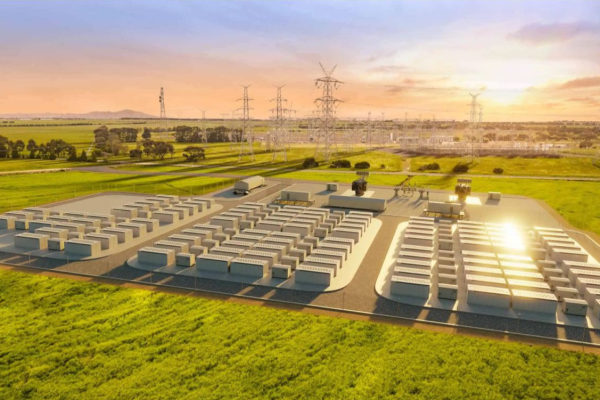Which Energy Storage Model Fits Better for Residential and Small Commercial Applications?
With the rapid growth of solar installations and falling battery costs, small-scale users—ranging from homeowners to small commercial operators—are increasingly investing in PV + energy storage systems (ESS). But the first key question every buyer must answer is: Should I go off-grid or stay connected with a grid-tied system?
This article explores the technical differences, pros and cons, application scenarios, and design considerations of off-grid vs. grid-tied storage solutions. It is especially useful for foreign trade professionals assisting small project customers with product selection and system planning.
1. Definitions: Off-grid vs. Grid-tied with Storage
| Term | Description |
|---|---|
| Off-grid System | Operates independently of the utility grid. Must generate, store, and manage 100% of energy needs locally. |
| Grid-tied System | Connected to the public grid. Storage is used for backup, self-consumption, or peak shaving, not for full autonomy. |
💡 Hybrid systems can often switch between both modes or include islanding capabilities for flexibility.
2. System Topologies
A. Off-grid Storage System
Components:
- PV panels
- MPPT charge controller or hybrid inverter
- Battery pack (LFP, VRLA, or lithium-ion)
- Optional generator (backup)
- Local AC/DC loads
Key Feature: No grid input. 100% self-reliant.
B. Grid-tied Storage System
Components:
- PV panels
- Hybrid inverter or grid-tied inverter + retrofit charger
- Battery storage
- Grid connection
- Smart meter (often required for net metering)
Key Feature: Prioritizes PV self-consumption and supplies backup during outages.
3. Application Scenarios
| Scenario | Recommended Type | Why? |
|---|---|---|
| Rural home, no grid access | Off-grid | Grid is unavailable or unreliable. Needs full autonomy. |
| Suburban home, reliable grid | Grid-tied | Leverages existing infrastructure. |
| Commercial site with TOU tariffs | Grid-tied | Enables cost optimization. |
| Eco-resorts or remote offices | Off-grid | Sustainability + remote location. |
| Telecom towers or border stations | Off-grid or hybrid | Energy independence and reliability required. |
| Urban apartment | Grid-tied (limited) | Must comply with grid regulations; off-grid not feasible. |
4. Pros and Cons Comparison
✅ Off-grid Storage Solutions
Pros:
- Total energy independence
- Useful in remote areas
- Avoids grid outages and failures
- Customizable for unique load types
- Enables sustainable lifestyle (solar + battery only)
Cons:
- Higher upfront cost (larger batteries required)
- No backup from grid
- Complex load management needed
- Requires larger PV array and precise sizing
- May need a diesel generator as backup during long cloudy days
✅ Grid-tied Storage Solutions
Pros:
- Lower battery capacity needed (grid acts as backup)
- Easier to design and install
- Cost savings through net metering or feed-in tariffs
- Supports peak shaving and bill reduction
- Can combine backup and grid cost optimization
Cons:
- Still dependent on grid
- Some grid-tied inverters don’t work during outages
- Less suitable for unstable grid regions
- Regulations vary by region
- Not fully sustainable (if grid is fossil-fuel based)
5. Battery Sizing Considerations
| Factor | Off-grid System | Grid-tied System |
|---|---|---|
| Autonomy hours required | 24–72+ hours | 2–8 hours (typically for backup or peak) |
| Depth of Discharge | 80–90% | 50–80% |
| Recommended Chemistry | LFP (LiFePO4) or GEL/VRLA | LFP, NMC, or even retrofit lead-acid |
| Battery Lifecycle | Very important (high daily use) | Medium importance |
| Charging Sources | PV + genset (optional) | PV + grid |
💡 Off-grid requires more capacity and faster charge/discharge, while grid-tied can use smaller batteries with flexible schedules.
6. Inverter Selection by System Type
| Parameter | Off-grid System | Grid-tied with Storage |
|---|---|---|
| Inverter Type | Off-grid inverter or hybrid inverter | Hybrid inverter or string inverter + charger |
| Islanding support | Mandatory | Optional (if backup desired) |
| Grid Synchronization | Not required | Required |
| Generator integration | Often needed | Optional |
| Communication protocols | Important (for EMS, BMS) | Important for time-of-use and backup scheduling |
💡 For both, ensure compatibility between inverter and battery BMS for smooth operation.
7. Use Case Examples
🏠 Rural Household – Off-grid
- Load: 5 kWh/day
- PV: 4 kWp
- Battery: 10–15 kWh LFP
- Generator: 5 kVA diesel (optional)
- Goal: Energy independence
Notes: Must carefully manage loads (e.g., limit AC usage), prioritize efficient appliances.
🏬 Small Commercial Store – Grid-tied
- Load: 15–20 kWh/day
- PV: 8 kWp
- Battery: 5–10 kWh
- Grid: Used during cloudy days or high load
Goal: Self-consumption + backup during short blackouts
Result: Reduced bills + power security without large investment
8. Regulatory and Safety Considerations
- Off-grid systems often bypass utility rules but must follow local electrical safety standards
- Grid-tied systems must comply with:
- Grid interconnection codes (anti-islanding, phase sync, etc.)
- Metering standards
- Feed-in or export limits
📌 Always verify whether feed-in is allowed in the destination market (e.g., prohibited in some SE Asia markets, promoted in Australia or Germany).
9. Pricing Overview
| Component | Off-grid 5 kW | Grid-tied 5 kW |
|---|---|---|
| PV Array | ~$3,000 | ~$3,000 |
| Inverter | ~$1,000–$1,500 | ~$1,000–$1,300 |
| Battery | ~$5,000 (10 kWh) | ~$2,500 (5 kWh) |
| Other (wiring, mounting) | ~$1,500 | ~$1,200 |
| Total System | $10,000–$12,000 | $7,000–$8,000 |
💡 Actual price varies by country, brand, shipping, and customs clearance. Battery pricing may be volatile.
10. What to Recommend as a Foreign Trade Partner?
| Situation | Recommendation |
|---|---|
| Client is in a remote, off-grid area | Off-grid PV + ESS system with large LFP battery and generator port |
| Client needs backup only | Grid-tied hybrid inverter + small battery |
| Client wants to cut bills | Grid-tied with self-consumption and TOU optimization |
| Project must be mobile or containerized | Off-grid microgrid or hybrid inverter in plug-and-play cabinet |
| Client wants flexibility | Hybrid inverter that supports both on/off-grid modes |
As a technical sourcing partner, your value lies not only in offering good pricing—but in recommending the correct system architecture based on usage, goals, and constraints.
Conclusion: Match System to User Needs
There is no “one-size-fits-all” energy storage solution. Off-grid and grid-tied systems serve different needs:
- Off-grid offers total independence but requires more investment and design attention
- Grid-tied offers convenience, lower cost, and policy incentives, but doesn’t provide full autonomy
By understanding the technical, economic, and lifestyle factors, foreign trade professionals can recommend the right model—and build trust as long-term energy solution partners.
If your clients need help comparing inverter types, designing system SLDs, or sourcing reliable lithium batteries with built-in BMS, we’re here to support your sales and engineering process across borders.





